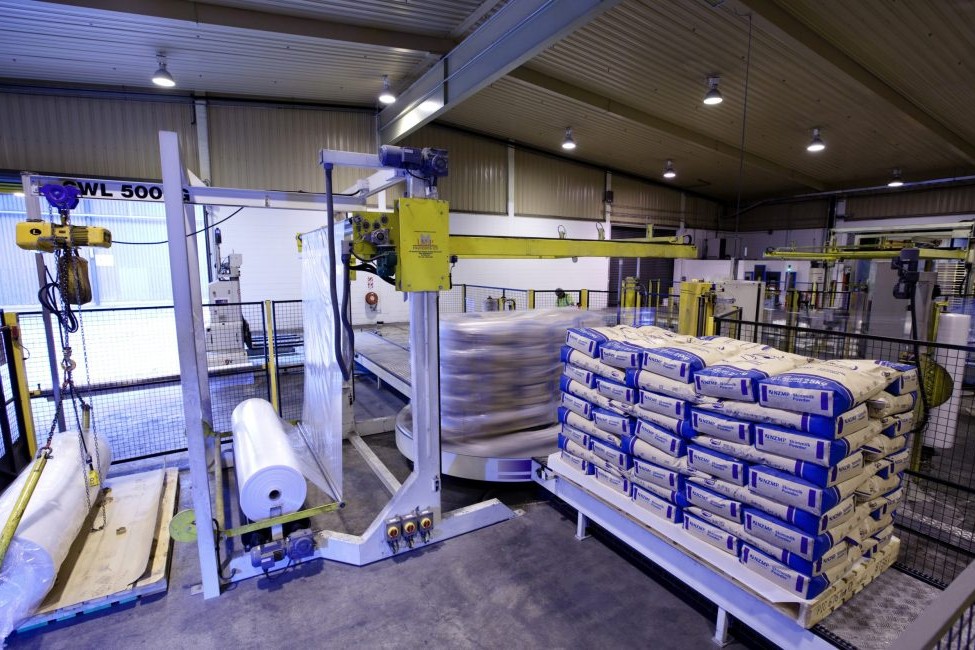The Bickers family has a plan for the next 12 years of their business. Chris Neill explores the non-negotiable items and solutions this plan will involve.
Des and Alex Bickers farm at Tokatoka, southeast of Dargaville, with the goal of having a business that is flexible, relatively simple, and continuously improving. Recent changes in their farming system have been challenging and rewarding, revitalising their interest in dairy farming. They have a plan for the next 12 years, which they share with their five children. It includes getting Des out of the shed before he turns 60 and having an ownership structure that enables succession should one of the family be interested in farming.
The character of their farm is enhanced by an area of native bush and a significant pa site. They are relishing a cooperative effort with Naumai Marae to have an archaeologist map and develop a conservation plan for the pa site.
Des has been a mentor farmer in the Northland Extension 350 programme and is grateful for the contribution this has made to his business. “The benefits to my business are considerably more than the input I made to the target farm. The discussions and challenges put to the target farmers made me think more closely about what I am doing and how I could do better”.
Understanding themselves and their business has allowed Des and Alex to define their non-negotiables:
- Operate a profitable business that fits with family needs and activities and provides options for the future.
- Provide for the wellbeing of their staff.
- Awareness of opportunities and options allows them to select options that work for them.
The farm spring-calves 320 cows for once a day milking (OAD) on 133ha, of which 127ha is effective. In their fourth season with OAD, production at 95,000kg MS is now close to their target of 100,000, which compares comfortably with their previous twice a day milking (TAD) production of 108,000kg MS. Their target of 70,000kg MS by Christmas is an important indicator of seasonal outcome. With an 80% six-week in-calf rate and 95% in-calf rate the herd is performing well.
The business also owns a standalone runoff to raise young stock and beef cattle and provide space for getting the herd off-platform if required. Weighing and handling facilities contribute to achieving heifer growth rate targets, which results in better quality replacements for the herd, improved in-calf rate, tighter calving, and ultimately greater milk production.
The move to OAD addresses a string of issues Des and Alex were facing with TAD:
- The 20-bale rotary cowshed can continue, avoiding the significant cost of building a replacement shed.
- The cows are not compromised by the 2.3km walk to the back of the farm.
- Milking requires one person.
- Lower shed operating costs for milk harvesting.
- Calving one week earlier, which typically extends the season.
- Production to the end of September is ahead of TAD but misses the peak flow milk take in October/November.
- More time for management focus on the business rather than in the business, which includes using the information from satellite pasture measuring to increase pasture harvested and reduce the total cost of feed.
- Elimination of growing feed crops that were frequently unreliable.
The farm operates with one full-time staff member, Tony Fraser, who has been working with Des and Alex for 26 years. Tony’s wife Jenna raises the calves, and casual labour is brought in as required for other farm jobs. Auto-drafting facilities at the shed encourage timely and accurate stock management with less stress on people and livestock. The plan for Des to not milk will increase labour costs and therefore require more income.
Solutions for this include:
- Increasing milk production by further improving the six-week in-calf rate.
- Continuing to genetically improve the ability of the herd to produce with OAD.
- Controlling cell count.
- Increasing farm and herd size, within the limits of the shed.
- Better management of heifers for higher conception and tighter calving.
With limestone soils, the farm is typically extremely wet in winter. Profits have been invested back into the farm to address this and improve pastures. Des is confident the rewards for this are showing in pasture production. The expected annual 10t pasture eaten per-hectare can be challenged by weather events – the 2019-20 drought reduced the season’s production by 7000kg MS. To manage extreme events, Des and Alex maintain short- and long-term strategies:
- Use N to build cover and create quality silage reserves of sufficient quantity to cover potential demand.
- Contract PKE at a cost-effective price to provide feed cover over summer.
- Harvest 70% of annual milk production by the end of December.
- Look after people working on the farm by providing a rewarding work environment.
- Control expenditure and work to budget.
- Repay debt while interest rates are low to provide flexibility for more challenging times.
- Close off the season affected by an adverse event before it compromises next season.
Des and Alex believe climate change will bring opportunity and risk. It may increase the challenge of extreme weather and financial events, which have always been a part of farming. Good contingency planning goes a long way in minimising the effect of these major events, and will help to protect their family, livestock, profitability, and assets. Northland Agricultural Research Farm (NARF) is geographically close, and their research work will contribute to finding management options that will work for Des and Alex.





